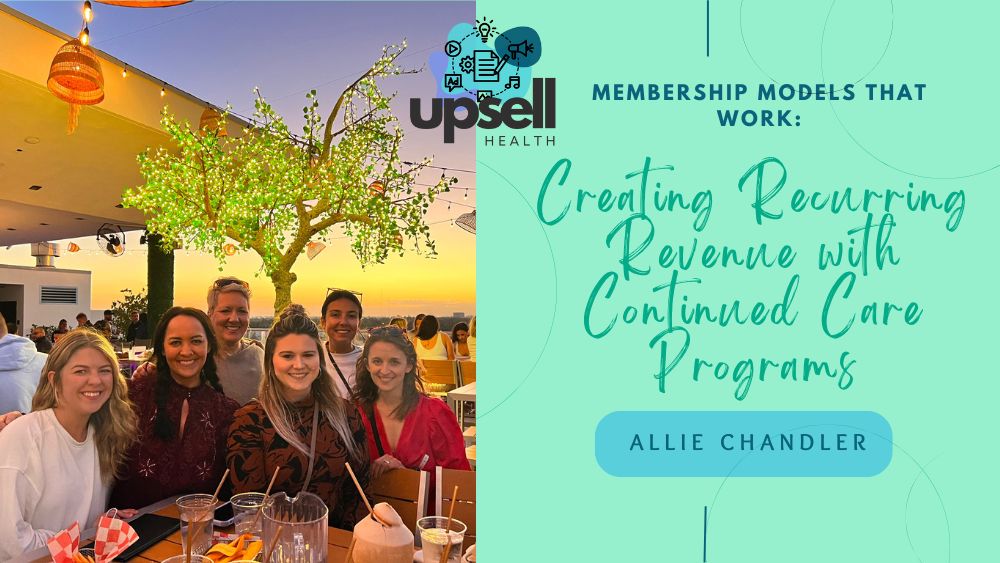In today’s saturated wellness landscape, clinical excellence alone is no longer enough to build a thriving practice. Potential clients face overwhelming choices between practitioners with similar credentials, training, and claimed results. What ultimately draws them to one healer over another isn’t just expertise, but something more intangible—a distinctive personal brand that communicates your unique healing approach, philosophy, and presence. This isn’t about creating a superficial marketing persona, but rather authentically articulating what makes your practice genuinely different and ideal for specific clients seeking exactly what you offer.
Article Summary:
- Effective practitioner differentiation is based on authentic attributes rather than manufactured marketing angles
- Your unique combination of clinical approach, personal journey, and practice philosophy creates natural distinctiveness
- Strategic positioning requires understanding both your genuine strengths and your ideal clients’ specific needs
- Consistent expression across all touchpoints reinforces your unique positioning in potential clients’ minds
- Effective differentiation creates attraction rather than requiring constant promotion and persuasion
The Differentiation Dilemma
Many wellness practitioners struggle with a fundamental marketing challenge: explaining how they’re different when their training, methodologies, and even language sound similar to everyone else in their field. This challenge manifests in several common ways:
- Generic messaging that could apply to any practitioner in your specialty
- Credential emphasis that fails to communicate your unique approach
- Technique-focused language missing the human connection
- Fear of specialization leading to vague “I help everyone” positioning
- Borrowed voice mimicking other successful practitioners’ communication
These patterns create a sea of sameness where potential clients struggle to discern meaningful differences between practitioners, often defaulting to inconsequential factors like location or price rather than alignment with their specific needs.
The Authentic Differentiation Framework
Meaningful practitioner differentiation comes from the intersection of three essential elements that are already naturally present in your work:
1. Your Healing Signature
Core components:
- Clinical methodology: Your unique approach to assessment and treatment
- Philosophy underpinnings: The beliefs and principles guiding your work
- Results emphasis: The specific transformations you most value and create
- Session experience: How clients feel in your particular healing environment
- Follow-up approach: Your distinctive ongoing support and care methodology
These elements combine to create your unique “healing signature”—the distinctive way you practice your craft that differs subtly but significantly from others with similar training.
2. Your Origin Story
Core components:
- Personal healing journey: Your own experiences with health challenges
- Path to practice: The unique route that led you to your current work
- Pivotal insights: Key revelations that shaped your approach
- Evolution of methods: How your clinical approach has developed over time
- Purpose driving practice: The deeper why behind your work
Your personal journey into healing work provides context and meaning that differentiates your practice in ways credentials alone cannot.
3. Your Client Archetype Alignment
Core components:
- Ideal client characteristics: The specific types of people you serve best
- Transformation specialization: The particular journeys you guide most effectively
- Communication resonance: How your natural communication style connects
- Value alignment: Shared priorities and principles with ideal clients
- Energetic resonance: The intangible “fit” with certain client types
Understanding which clients you naturally serve best creates differentiation through alignment rather than general appeal.
Upsell Health Foundations: The Practitioner Positioning Matrix™

Discovering Your Natural Differentiation
Rather than inventing manufactured differentiation, the most powerful approach is uncovering the authentic distinctions already present in your practice:
Step 1: Healing Approach Articulation
Key questions to explore:
- How would clients describe their experience with you compared to other practitioners?
- What elements of your approach differ from your colleagues with similar training?
- Which aspects of healing do you emphasize that others might minimize?
- What patterns or connections do you see that inform your unique methodology?
- How has your approach evolved beyond your formal training?
Documentation strategy:
- Record client sessions (with permission) to identify your natural language patterns
- Ask past clients what they found distinctive about working with you
- Review intake forms and protocols for unique elements you’ve developed
- Compare your assessment approach with colleagues to identify differences
- Analyze your most successful cases for common elements in your approach
Step 2: Personal Journey Integration
Key questions to explore:
- What personal experiences inform your understanding of client challenges?
- How does your non-clinical background influence your practice approach?
- What pivotal moments changed your perspective on healing?
- Which aspects of your story might create connection with ideal clients?
- What vulnerable truths about your journey might serve others?
Strategic vulnerability guidance:
- Share elements of your journey relevant to client transformation
- Focus on overcome challenges rather than current struggles
- Connect personal experiences to developed clinical insights
- Balance professional credibility with authentic humanity
- Consider appropriate boundaries for different communication contexts
Step 3: Ideal Client Clarity
Key questions to explore:
- With which specific client types do you consistently achieve best results?
- What client characteristics allow your approach to work most effectively?
- Which transformation journeys are you most passionate about facilitating?
- What values must clients share for optimal working relationship?
- Which client needs perfectly align with your greatest strengths?
Specialization strategy:
- Focus on transformation type rather than just demographic factors
- Identify patterns among your most successful and enjoyable clients
- Consider journey stage specialization (beginning, middle, or maintenance)
- Recognize the specific problems you’re most equipped to address
- Acknowledge client types who might be better served elsewhere
Articulating Your Distinctive Position
Once you’ve identified your natural differentiation elements, the next challenge is articulating them effectively:
Your Positioning Statement
Develop a clear statement addressing:
- Who you specifically help (ideal client)
- What particular transformation you facilitate (outcome)
- How your approach differs from alternatives (methodology)
- Why this matters to ideal clients (relevance)
- When your approach is especially effective (timing)
Strong example: “I help high-achieving professionals whose success has come at the cost of their health to rebuild their energy reserves through integrative protocols that address both biochemical imbalances and lifestyle sustainability. Unlike conventional approaches focusing solely on symptoms, my methodology identifies and addresses the unique stress patterns driving exhaustion, creating sustainable performance without continued health compromise.”
Weak example: “I help people feel better through natural approaches to achieve optimal wellness using holistic methods that address root causes for anyone wanting to improve their health.”
Your Origin Story Narrative
Craft a compelling narrative including:
- The catalyst that initiated your healing journey
- Key obstacles and insights along your path
- The transition into professional practice
- Evolving understanding through client work
- Current driving purpose behind your approach
This narrative provides context and meaning for your clinical approach, differentiating your practice through authentic connection.
Your Methodology Distinction
Clearly articulate what makes your approach different:
- Unique assessment frameworks you’ve developed
- Distinctive protocol combinations you utilize
- Special emphasis areas others might overlook
- Particular sequencing that enhances results
- Integration methods connecting multiple modalities
This helps potential clients understand the substantive differences in your clinical approach beyond generic claims.
Expressing Your Distinctive Brand
Consistent expression across all touchpoints reinforces your unique positioning:
Verbal Expression Elements
Distinctive Vocabulary Development
- Create terms for your specific methodologies or frameworks
- Develop language explaining your unique perspective
- Consider naming your signature processes or protocols
- Use consistent metaphors that illuminate your approach
- Incorporate words reflecting your authentic voice
Communication Style Authenticity
- Allow your natural speaking patterns to influence writing
- Consider voice tone elements: formal vs. conversational, serious vs. lighthearted, technical vs. accessible
- Identify rhythm patterns unique to your communication
- Notice storytelling approaches that come naturally to you
- Honor cultural influences on your expression style
Visual Expression Elements
Visual Identity Development
- Select colors reflecting your practice energy and approach
- Choose imagery representing your specific healing philosophy
- Develop consistent visual metaphors reinforcing key concepts
- Consider photography style aligning with your presence
- Create compositional patterns supporting your methodology
Environmental Expression
- Design physical space reflecting your unique approach
- Consider sensory elements supporting your methodology
- Develop client experience touchpoints reinforcing philosophy
- Create materials with consistent distinctive elements
- Ensure online environments align with in-person experience
Content Expression Strategy
Content Topic Selection
- Focus on specific issues where your approach excels
- Address questions unique to your ideal client journey
- Explore concepts illuminating your distinctive perspective
- Develop content series demonstrating methodology depth
- Create resources showcasing your particular insights
Distinctive Format Development
- Identify content formats aligning with your natural communication
- Create signature content structures reflecting your approach
- Develop unique naming conventions for regular content
- Consider multimedia elements enhancing your expression
- Design content experiences reflecting your client experience
Real-World Differentiation Examples
These practitioners demonstrate effective authentic differentiation:
The Functional Psychiatrist
Distinctive positioning:
- Integrates conventional psychiatric training with functional medicine
- Emphasizes medication as a bridge, not a destination
- Incorporates genetic testing and metabolic analysis
- Specializes in reducing/eliminating psychiatric medications
- Focuses on mental health-gut connection specifically
Expression elements:
- Created “The Medication to Nutrition Transition Protocol”
- Developed case studies showing successful medication reduction
- Uses bridge imagery consistently across communications
- Shares personal journey through family psychiatric history
- Employs medical terminology alongside functional concepts
The Trauma-Informed Nutritionist
Distinctive positioning:
- Addresses food relationships through trauma-informed lens
- Focuses on safety and agency rather than compliance
- Specializes in clients with both trauma history and digestive issues
- Integrates nervous system regulation with nutritional protocols
- Emphasizes incremental, sustainable nutritional shifts
Expression elements:
- Developed “The Regulated Eating Framework”
- Created unique assessment connecting nervous system states to eating patterns
- Uses consistent language around “food safety” and “nutritional agency”
- Incorporates gentle, permission-focused communication
- Designed client materials emphasizing choice and control
The Performance-Recovery Specialist
Distinctive positioning:
- Focuses exclusively on recovery optimization for athletes
- Emphasizes the competitive advantage of superior recovery
- Integrates sleep science, nutrient timing, and stress physiology
- Specializes in athletes transitioning to masters categories
- Addresses performance plateau through recovery enhancement
Expression elements:
- Created “The Strategic Recovery Matrix”
- Developed distinctive metrics quantifying recovery quality
- Uses consistent language of “recovery as training”
- Shares personal athletic journey through injury and comeback
- Employs data visualization as primary communication method
Resources You'll Love
- “Building a StoryBrand” by Donald Miller – Excellent framework for clarifying your message
- “Known” by Mark Schaefer – Practical guidance for developing personal branding
- “This Is Marketing” by Seth Godin – Essential perspective on standing out with integrity
- “Find Your Why” by Simon Sinek – Process for uncovering your core purpose
- “The Business of Expertise” by David C. Baker – Guidance on specialization and positioning
Action Steps:
- Conduct Your Differentiation Audit (60 minutes)
Review your current marketing materials, website, and social media. For each piece, ask: “Could this apply to any practitioner in my field, or does it reflect my unique approach?” Identify generic elements needing differentiation. - Create Your Client Contrast Analysis (45 minutes)
Interview 3-5 clients who have worked with other practitioners in your field. Ask what they find different about working with you. Look for patterns in their responses that reveal your natural differentiation. - Develop Your Origin Story Framework (60 minutes)
Map the key moments in your healing and professional journey. Identify pivotal insights, challenges overcome, and purpose evolution. Create a concise narrative connecting your journey to your current approach. - Define Your Methodology Distinctions (45 minutes)
Document 3-5 specific ways your clinical approach differs from others with similar training. Focus on aspects like assessment methods, protocol development, emphasis areas, or treatment sequencing. - Create Your Positioning Statement (30 minutes)
Using the framework provided, write a clear, specific positioning statement that articulates who you help, what transformation you create, how your approach differs, and why it matters to your ideal clients.
Affirmation:
I embrace the authentic distinctions that make my healing work uniquely valuable. By clearly articulating my natural strengths, journey, and approach, I attract ideal clients who specifically resonate with what I offer. My distinctiveness is not a marketing invention but the truthful expression of the healer I have become.




